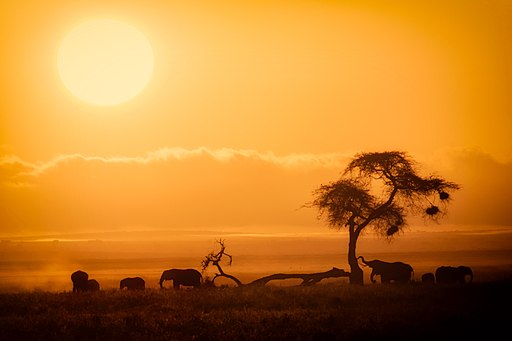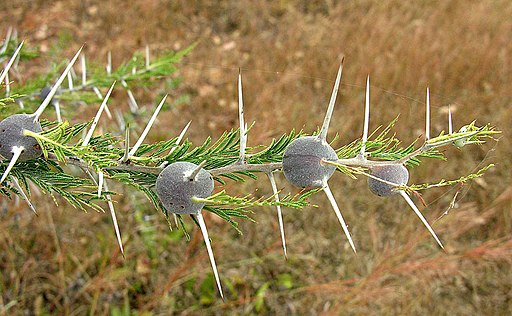In the African savanna ants are changing the diet of lions, but how? The introduction of an invasive ant has disrupted what seemed to be an insignificant mutual relationship within the intricate web of life in the savanna.
The invaders of the savannah are the big headed ants, and the native ants are the acacia ants. The big headed ants overpower and kill of the native ants. The acacia ants protect the whistling thorn trees from the elephants. The ants protect these trees by biting the elephant when it gets close. The acacia ants biting the elephant prevent the elephant from uprooting the tree. When the elephants do this there is less cover for the lions to hunt for their preferred meal, the zebra. As a consequence, lions shift their focus to hunting buffalo instead. How would you feel if you were no longer to have your favorite food?
The researchers did not have the budget to use drones or satellite imagery. So the researchers measured tree cover by tracking lions and the visibility near their kills. The results stated that areas with big-headed ants exhibited significantly higher visibility. This allows for lions to see their prey better but also the prey can see the lions allowing them to escape.
“Over the three years of the study, zebra dinners decreased from 67 percent to 42 percent of lion kills” “Buffalo kills increased from zero to 42 percent of kills over the study period” By lions switching to buffalo is more risky for the lion since the buffalo are more likely to be injure the lion over the zebra.
This study in relation to AP Bio relates to the topic of ecology. If you had to guess what one of the most important things to take away form this study is? You are right if you said the disruption of mutualism can have cascading effects on other species in a community. The ants were able to change the food web of the whole ecosystem. It is important to keep the food web in balance because an imbalance will create major effects on the populations of some species. As seen in the study, the population of zebras in crease while the population of buffalo and lions decrease. Symbiotic pairs are able to keep ecosystems in check when one organism has the other to rely on. The loss of one partner could trigger cascading effects, reshaping entire ecosystems. The study of the lions change in diet offers valuable insights into the delicate balance of nature.




Leave a Reply